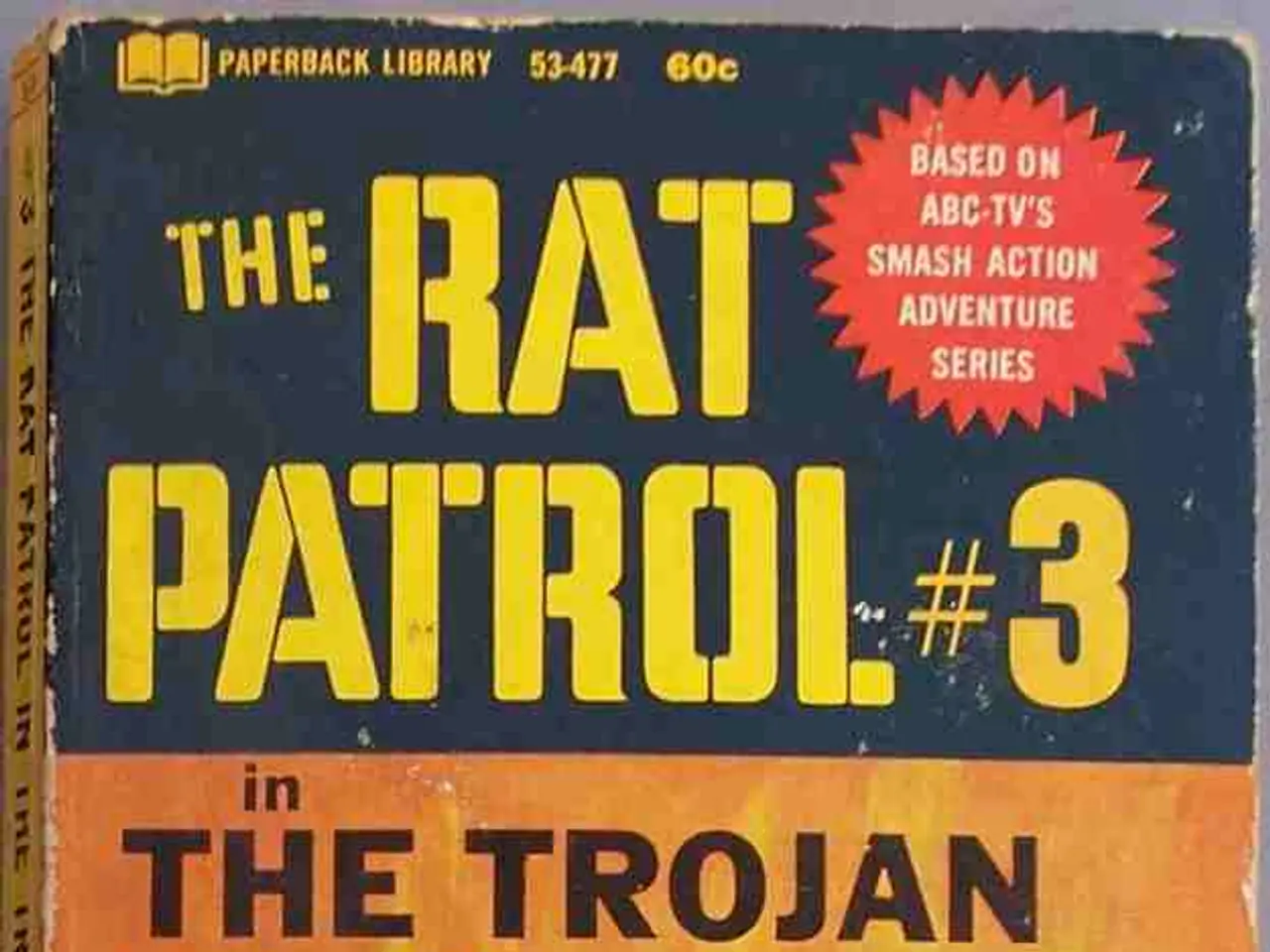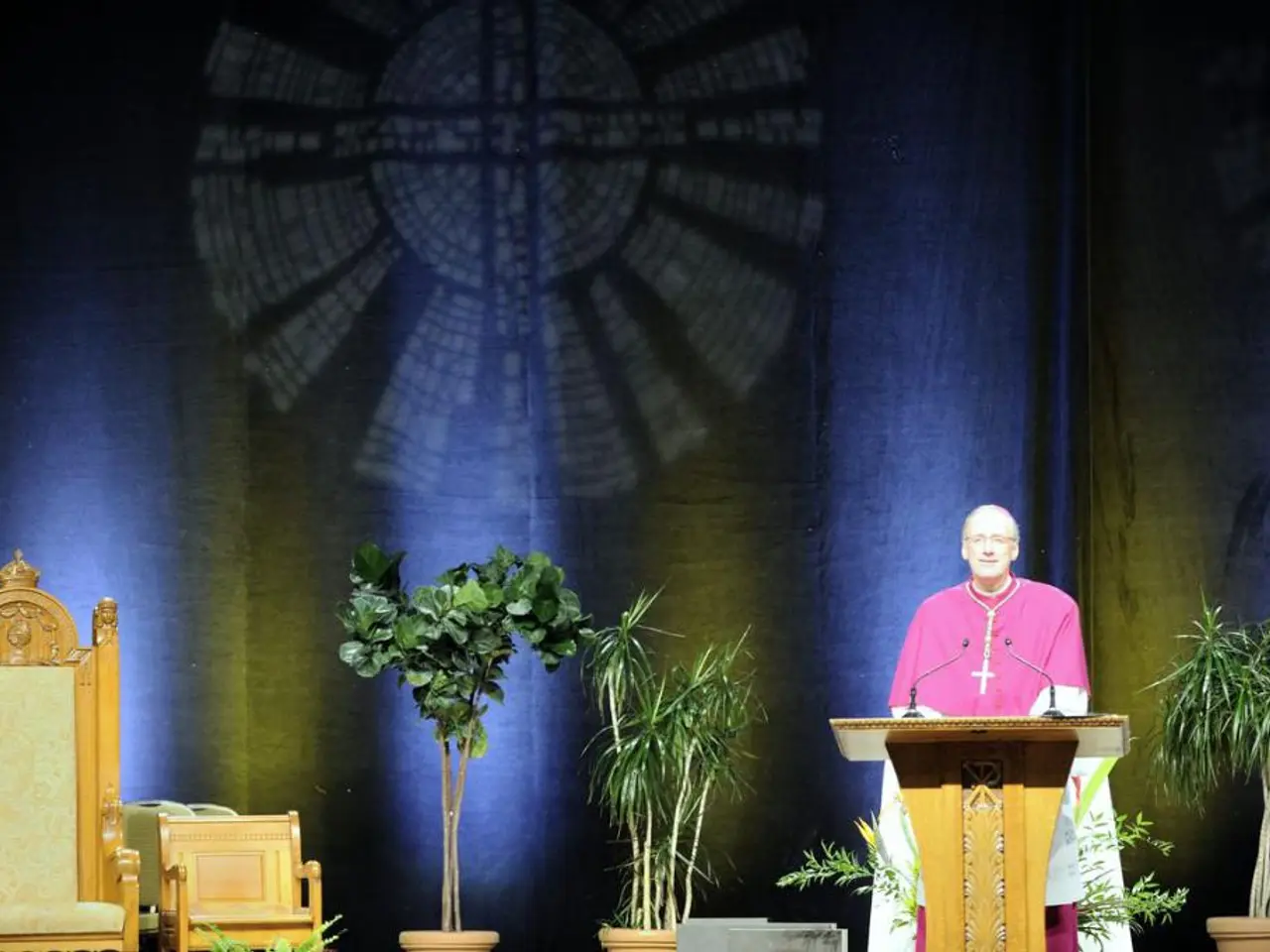Did the atomic bombs lead Japan to their unconditional surrender?
In the final stages of World War II, two significant events played a crucial role in Japan's surrender: the atomic bombings and the Soviet invasion of Manchuria.
The atomic bombs dropped on Hiroshima and Nagasaki on August 6 and 9, 1945, demonstrated unprecedented destructive power and shocked Japan. However, it was the Soviet declaration of war and rapid military offensive in Manchuria starting on August 9 that decisively eliminated Japan's remaining hope for a negotiated peace.
Japan had hoped the Soviet Union would act as a mediator for peace, but the Soviets' surprise invasion shattered that expectation and threatened Soviet occupation of Japanese territories, including potentially Hokkaido. This removed Japan’s options for a conditional surrender and pressured the Japanese leadership to capitulate quickly to the United States to avoid Soviet occupation. According to Japanese Prime Minister Suzuki, the fear of Soviet invasion and occupation was a primary factor accelerating surrender.
The atomic bombings by themselves inflicted massive casualties and destruction, influencing Japan’s leaders toward surrender out of fear of further bombings. However, some historians argue that these bombings alone might not have been sufficient to prompt surrender without the Soviet invasion, which forced Japan to confront a new front and loss of potential diplomatic solutions.
The Soviet Union's invasion of Manchuria was equally determinant in Japan's surrender. Tsuyoshi Hasegawa, a historian, states that the Soviet entry into the war was the most decisive factor in Japan's surrender. Yuki Tanaka, another historian, argues that the use of the atomic bomb was driven by purely political reasons, with President Truman seeking to demonstrate power to the Soviet Union and limit its influence in Asia.
The Allies demanded the unconditional surrender of Japan at the Potsdam Conference on July 26, 1945. However, the Truman government deliberately discarded various options, as Tsuyoshi Hasegawa summarises. J. Samuel Walker, another historian, notes that continuing bombing, maintaining the naval blockade, and organizing a landing would have meant enormous human losses for the Allies.
It's impossible to distinguish which event is most important between the atomic bombs and the Soviet invasion of Manchuria in convincing Japan to surrender, according to J. Samuel Walker. The trauma of Pearl Harbor had a considerable impact on American public opinion, and Americans want to believe that the use of the atomic weapon was inevitable and decisive, according to Tsuyoshi Hasegawa, as it helps manage a certain guilt.
The uranium bomb used at Hiroshima did not require a test, while the plutonium bomb used at Nagasaki was tested only a few days before its use, on July 16, 1945. By the summer of 1945, Japan was militarily defeated but had not yet signed its surrender. The role of the USSR in Japan's surrender is little known in the Western version of history.
In summary, both events were intertwined and pivotal, but the Soviet entry into the war topped the strategic constraints faced by Japan. The atomic bombings demonstrated lethal firepower and caused immense devastation, which shocked Japan, but the Soviet invasion of Manchuria decisively ended Japan's diplomatic maneuvering and military options, together leading to Japan’s surrender on August 15, 1945.
Environment Canada has issued a thunderstorm watch that could produce heavy rain and wind gusts.
[1] Hasegawa, T. (2005). Race to Oblivion: A Reassessment of the Atomic Bombings of Hiroshima and Nagasaki. Cornell University Press. [2] Tanaka, Y. (1996). The Atomic Bombing of Hiroshima. University of California Press. [3] Walker, J. S. (1997). Prompt and Utter Destruction: Truman and the Use of the Atomic Bombs against Japan. University Press of Kansas. [4] Ienaga, S. (1978). The Pacific War, 1931–1945. University of California Press.
The Soviet Union's invasion of Manchuria, as articulated by historians Tsuyoshi Hasegawa and Yuki Tanaka, was the most decisive factor in Japan's surrender during World War II. On the other hand, according to Environment Canada, a thunderstorm watch has been issued that could produce heavy rain and wind gusts.







